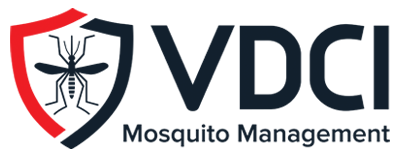Controlling Mosquitoes Following Major Storms and Natural Disasters
Rainstorms, floods, and hurricanes can devastate communities and leave catastrophic damage in their wake. These weather events not only cripple homes, businesses, and infrastructure, they also result in excess moisture and standing water, which may take days or weeks to dissipate. During this time, mosquito populations can increase aggressively. In addition to large flooded areas, containers that have been exposed to heavy rainfall—like flower planters, gutters, pools, potholes, tires, and equipment—may serve as a breeding ground for mosquitoes. As the public rebuilds their community and spends more time outside, they increase their risk of encountering diseases like West Nile virus, Zika virus, Dengue fever, and Eastern/Western/St. Louis Encephalitis.
Adult mosquitoes do not tend to survive high winds associated with hurricanes or intense storms. However ”flood water eggs” laid in previously moist soil experience just the right conditions to hatch and become biting adults within 1-2 weeks. Container-breeding mosquitoes also flourish in storm conditions because of newly created habitats within debris. Both groups of mosquitoes are capable of transmitting diseases but the complexities associated with each species’ biology determine the likelihood of transmission.
Floodwater Mosquitoes
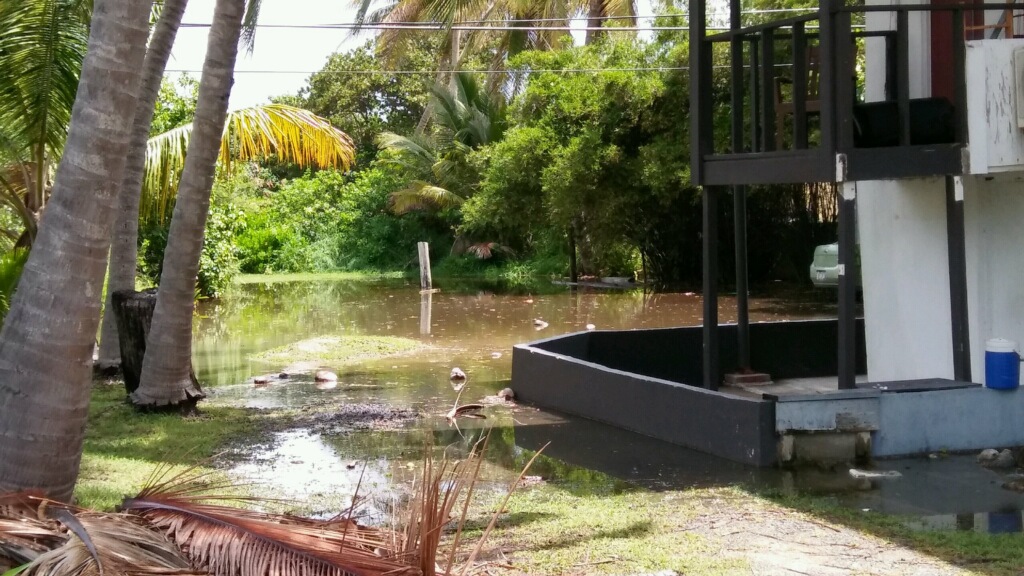
Certain species of Aedes and Psorophora reproduce by laying eggs in the moist soil in areas where water levels continue to fluctuate. Within one to two weeks, communities can expect to see large swarms. Though the risk of disease transmission to humans tends to be low, Aedes vexans are the primary vector for heartworm and can affect the health of both our pets and livestock species.
Container-Breeding Mosquitoes
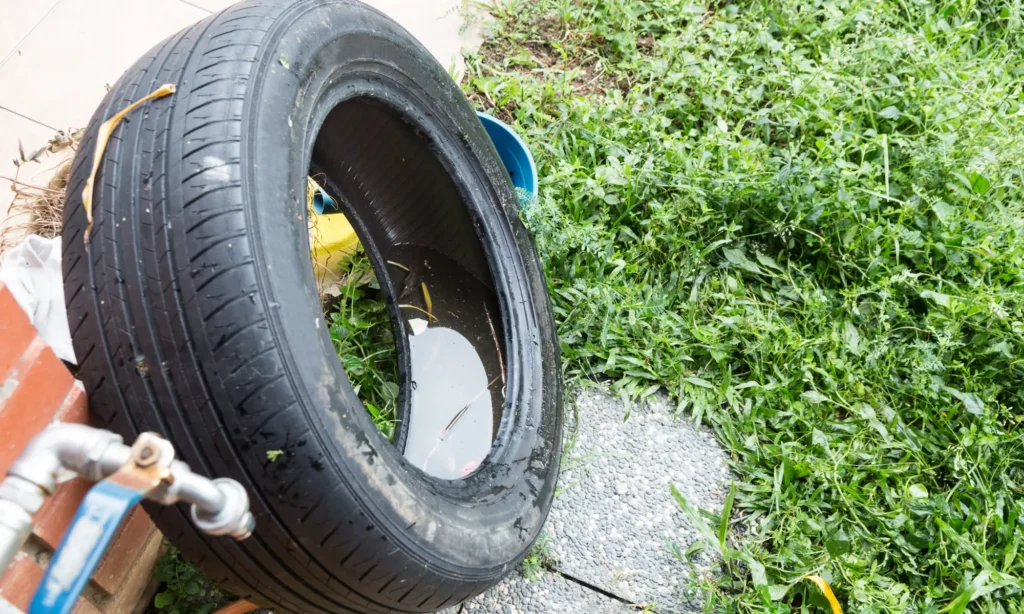
Primarily Aedes and Psorophora species are the first to take advantage of the floodwater after a storm, however as the flood subsides but large amounts of standing water still exist, species like Culex pipiens/tarsalis/
The risk of disease infection is often compounded by slow recovery progress. Extended power outages, blocked roads, damaged infrastructure, and clogged stormwater equipment can delay the recession of floodwater. Large swarms of mosquitoes can also hamper the very clean-up efforts necessary to help eliminate them.
Post-Storm Mosquito Management
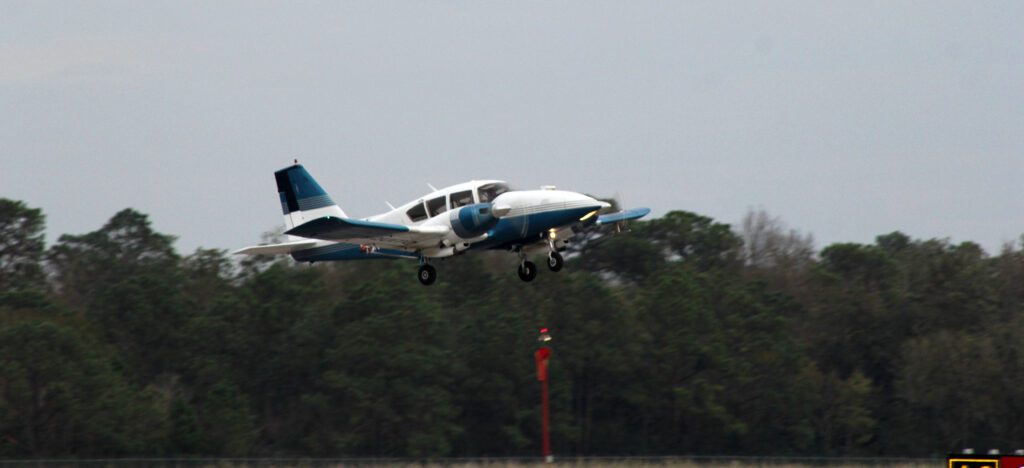
Following a storm or natural disaster, the last thing a community needs is the looming threat of vector-borne disease. Swarms of deadly mosquitoes should not obstruct medical support, recovery efforts, and construction by endangering workers and isolating the public indoors. Establishing a mosquito abatement action plan will help ensure funding can be accessed and implemented immediately to facilitate safe, rapid response and recovery.
Professional vector control companies employ an integrated approach that encompasses public education, surveillance and disease testing, as well as insecticide resistance monitoring. These efforts are supported by advanced equipment, including Ultra-Low Volume (ULV) spray trucks, aerial fleets, and state-of-the-art GPS technology.
A professional mosquito management organization with a focus on public health will also provide the insight and guidance necessary to prepare for the next natural disaster and streamline recovery initiatives. This includes working closely with local, state, and government entities to navigate other challenging aspects of emergency response mosquito control – such as navigating FEMA funding or preparing for community and media questions.
Building an Emergency Response Plan for Your Community
Comprehensive planning is the key to a successful response program. This involves laying the groundwork for pre-mission, mission, and post-mission strategies and the professionals at VDCI are here to support and provide guidance.
For more than 20 years, Vector Disease Control International (VDCI) has aided mosquito control and recovery efforts following natural disasters. Starting with Hurricane Bonnie in 1998, VDCI’s emergency response team has supported communities and abatement districts in protecting relief workers and displaced members of the public. Our team can help your community create an emergency response contingency plan for mosquito control efforts after a hurricane, major flood event, or increased disease activity.
Does your community have an emergency response contingency plan in place for mosquito control? Download our comprehensive Emergency Response Guide and contact us today at 800.413.4445 to learn more about how we can help you prepare for the unexpected.
Contact Us to Build Your Emergency Response Plan
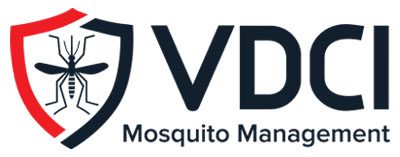 Since 1992, Vector Disease Control International (VDCI) has taken pride in providing municipalities, mosquito abatement districts, industrial sites, planned communities, homeowners associations, and golf courses with the tools they need to run effective mosquito control programs. We are determined to protect the public health of the communities in which we operate. Our mosquito control professionals have over 100 years of combined experience in the field of public health, specifically vector disease control. We strive to provide the most effective and scientifically sound mosquito surveillance and control programs possible based on an Integrated Mosquito Management approach recommended by the American Mosquito Control Association (AMCA) and Centers for Disease Control and Prevention (CDC). VDCI is the only company in the country that can manage all aspects of an integrated mosquito management program, from surveillance to disease testing to aerial application in emergency situations.
Since 1992, Vector Disease Control International (VDCI) has taken pride in providing municipalities, mosquito abatement districts, industrial sites, planned communities, homeowners associations, and golf courses with the tools they need to run effective mosquito control programs. We are determined to protect the public health of the communities in which we operate. Our mosquito control professionals have over 100 years of combined experience in the field of public health, specifically vector disease control. We strive to provide the most effective and scientifically sound mosquito surveillance and control programs possible based on an Integrated Mosquito Management approach recommended by the American Mosquito Control Association (AMCA) and Centers for Disease Control and Prevention (CDC). VDCI is the only company in the country that can manage all aspects of an integrated mosquito management program, from surveillance to disease testing to aerial application in emergency situations.
